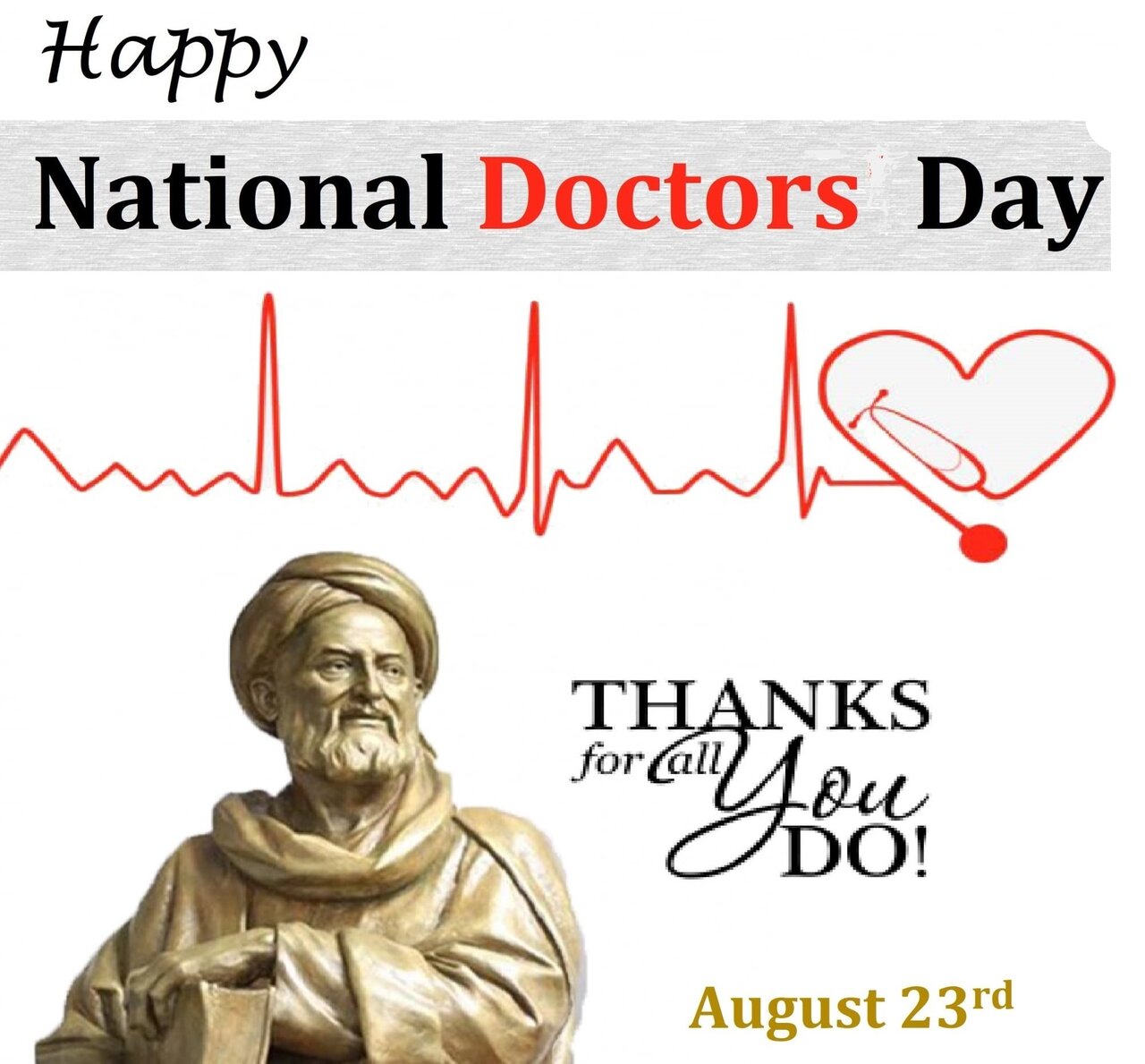INSUBCONTINENT EXCLUSIVE:
birth anniversary of Abu Ali Sina, known in the West as Avicenna, to appreciate the efforts of medical staff and health advocates.Avicenna
thinkers and writers of the Islamic Golden Age.Avicenna was particularly noted for his contributions to the fields of Aristotelian
Medicine), which is among the most famous books in the history of medicine.Iran honors top doctors and physicians who have made great
advances have been made in the health sector, namely, increased medical facilities, increased life expectancy and reduced infant and
maternal mortality, growth of medical universities, and upgraded medical equipment.In February, Saeed Karimi, the deputy health minister,
said all the indicators of health and treatment have made significant progress after the Islamic Revolution, and now Iran is one of the
leading countries in this field.Health is one of the areas that got a good jump after the Islamic Revolution, ISNA quoted Karimi as
even for a cataract, which is a routine ophthalmic operation, the patient was sent abroad, but now patients from abroad come to Iran for the
sub-specialists in the country, he added.Therefore, the health indicators after the victory of the Islamic Revolution cannot be compared
with the conditions before the Revolution, Karimi said, adding that although 40 years have passed, many countries have not found such a leap
in their healthcare.He went on to say that improvements have been made in the field of life expectancy, and the mortality rate of pregnant
tourismIn the field of medical tourism, conditions are very good due to the trust that neighboring countries have in the Iranian health
sector, he said.Even Iranians who live in America and Europe perform their medical procedures in Iran and trust in the country's doctors
infrastructure to accept medical tourists
infrastructures and conditions are available, Iran will be at a very high level for services and can take good measures in the field of
medical tourism, he concluded.In 2005, Family Physician (FP) program was started, which targeted almost 25,000,000 citizens residing in
rural areas, and was piloted in two provinces of Fars and Mazandaran.Based on the program, a physician and a midwife offer services in rural
areas, every 3,300 villagers have a physician and there is a midwife per 5,200 people in villages.Some screenings and diagnoses regarding
the common cancers of men and women are also offered actively and free of charge to the rural community and cities with less than 20,000
people, Rezaei also said.People living in villages are covered by free insurance and benefit from all service packages without paying, he
stated, highlighting that all rural care services are free.Primary health care is provided to rural residents by 31,000 health care
providers (called Behvarz) nationwide.Over six years (1984 to 1990), the PHC system was fully developed throughout the country
In rural areas, Health Houses are established in villages with over 300 residents, which are under the supervision of a rural comprehensive
health center.Each health center takes control of five Health Houses
Two healthcare providers are providing primary care in each health house, including preventive care, health promotion, screening, and basic
medical services for predefined conditions, to an approximate population of 1,100 people.Currently, 18,000 health centers are providing
services to over 20 million villagers nationwide, with 630 health care providers.In October 2021, World Health Organization (WHO)
representative to Iran Jaffar Hussain, said that Iran's health system can be a model for other countries in the region, especially in the

